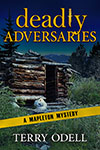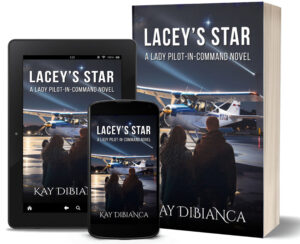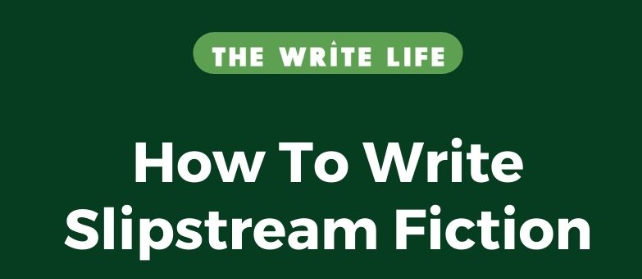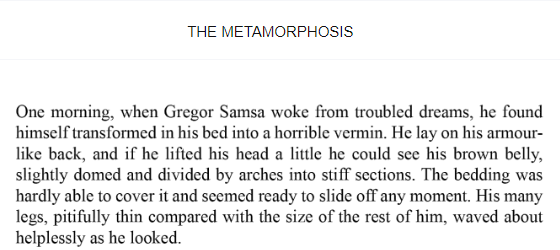There’s Always Writing Fodder
Terry Odell
 I live in a rural mountain subdivision in Colorado. Last week, there was a house fire very near to my house. Firefighters (all volunteer here) showed up quickly and began their attack. The structure was too far gone to save, and the dried grasses which had grown quite tall due to a wet spring and summer, caught quickly. The wind, fortunately for us, was blowing everything in the opposite direction, but was pushing the fire into other subdivisions.
I live in a rural mountain subdivision in Colorado. Last week, there was a house fire very near to my house. Firefighters (all volunteer here) showed up quickly and began their attack. The structure was too far gone to save, and the dried grasses which had grown quite tall due to a wet spring and summer, caught quickly. The wind, fortunately for us, was blowing everything in the opposite direction, but was pushing the fire into other subdivisions.
Things seemed all right, but the winds intensified the next day, with 50+ mile per hour gusts, and the Sheriff declared our entire subdivision under evacuation orders. The Hubster wasn’t in town, and after a brief discussion, we decided it was smart for me to follow the orders. I’d rather be packed up and leaving mid-day rather than discover the fire had shifted direction later that night, and was now coming our way. There’s only one road in and out of our subdivision, and the thought of dealing with leaving in the middle of the night didn’t appeal. Nor did being trapped. I have a son who lives not that far away, and he has a guestroom, so that’s where I went.
Although very little of our subdivision was affected, the higher ups decided to name the fire after it. Word spread through social media, and I had mixed feelings about being thankful for everyone who wanted to know how I was, and trying to reassure everyone I was fine, while trying to get everything that I needed to pack up so I could leave.
All in all, it was a “small” fire—under 200 acres. Seven hundred homes were at risk, but only that first one, where the fire started, was lost.
I was only gone for 24 hours, but it was a lesson in preparedness, and knowing what the essentials are should you have to leave in a hurry.
I posted a much more detailed accounting of my experiences on my own blog. If you’re interested, it’s here.
My heartfelt thanks to the first responders, and to our Sheriff who coordinated getting firefighters, law enforcement, air support, heavy equipment, and everything else that goes with fighting a fire mobilized quickly—and to use his terms—aggressively.
Of course, everything is writing fodder, and the circumstances surrounding this “event” opened a number of possibilities.
Our subdivision has a Facebook group, and there was—as might be expected—a lot of action. The house that burned to the ground was owned by a woman with a sketchy reputation in the hood. She had mental health issues, had a reputation for running cars off the road, pulling a gun or a knife, and had spent time in jail. The house was in foreclosure the day of the fire, and due to go up for auction in a couple of weeks.
Consensus seems to be that the (former) owner was responsible for the fire. An accident or deliberate? The case is still under investigation. Someone reported seeing her watching from the street as her house burned. Suspicious behavior or genuine concern?
Some residents offered extreme sympathy, pointing out that she was apologizing profusely, with abundant tears. She didn’t mean it, and it was a tragedy, and she should be forgiven.
Others spoke up that she should have been arrested on the spot. (She was detained, but released.)
Still others brought God into the picture, because the tall cross that was in the woman’s yard was spared. Was it divine intervention, or just located far enough away to not be burned?
The house in question was on one of my regular walking routes. What I saw was how close the fire had come to the three nearby houses. The yards surrounding them were charred. Had a gust of wind sent embers flying, those houses could have been destroyed as well. It was only because the firefighters arrived so quickly that they were able to keep those homes from burning, too.

photos taken by a local resident.
Vocabulary word of the week: Mitigation
I wonder whether the residents of those homes would be on the ‘forgiveness’ side of the fence. And what about all the other homes in the other subdivisions that were threatened, whose owners had to evacuate in a hurry?
Even if I have no intention of writing a fire story (I already included several fire incidents in my Mapleton books), the human nature aspect offers plenty of character fodder. Then, there’s drawing on the emotional reactions, which can be incorporated in a variety of other situations.
What writing/character fodder do you see in these events, TKZers?
New! Find me at Substack with Writings and Wanderings
Double Intrigue
When your dream assignment turns into more than you bargained for
 Shalah Kennedy has dreams of becoming a senior travel advisor—one who actually gets to travel. Her big break comes when the agency’s “Golden Girl” is hospitalized and Shalah is sent on a Danube River cruise in her place. She’s the only advisor in the agency with a knowledge of photography, and she’s determined to get stunning images for the agency’s website.
Shalah Kennedy has dreams of becoming a senior travel advisor—one who actually gets to travel. Her big break comes when the agency’s “Golden Girl” is hospitalized and Shalah is sent on a Danube River cruise in her place. She’s the only advisor in the agency with a knowledge of photography, and she’s determined to get stunning images for the agency’s website.
Aleksy Jakes wants out. He’s been working for an unscrupulous taskmaster in Prague, and he’s had enough. When he spots one of his coworkers in a Prague hotel restaurant, he’s shocked to discover she’s not who he thought she was.
As Shalah and Aleksy cruise along the Danube, the simple excursion soon becomes an adventure neither of them imagined.
 Like bang for your buck? I have a new Mapleton Bundle. Books 4, 5, and 6 for one low price.
Like bang for your buck? I have a new Mapleton Bundle. Books 4, 5, and 6 for one low price.
 Terry Odell is an award-winning author of Mystery and Romantic Suspense, although she prefers to think of them all as “Mysteries with Relationships.”
Terry Odell is an award-winning author of Mystery and Romantic Suspense, although she prefers to think of them all as “Mysteries with Relationships.”


 The American Library Association, ALA, documented 4,240 unique book titles targeted for censorship in 2023—a 65% surge over 2022 numbers—as well as 1,247 demands to censor library books, materials, and resources. Pressure groups focused on public libraries in addition to targeting school libraries. The number of titles targeted for censorship at public libraries increased by 92% over the previous year, accounting for about 46% of all book challenges in 2023.
The American Library Association, ALA, documented 4,240 unique book titles targeted for censorship in 2023—a 65% surge over 2022 numbers—as well as 1,247 demands to censor library books, materials, and resources. Pressure groups focused on public libraries in addition to targeting school libraries. The number of titles targeted for censorship at public libraries increased by 92% over the previous year, accounting for about 46% of all book challenges in 2023. According to PEN America:
According to PEN America: If I may be so bold, I have a new release dropping on October 3rd, and I don’t think anyone will find cause to challenge or ban it. It’s available for preorder now.
If I may be so bold, I have a new release dropping on October 3rd, and I don’t think anyone will find cause to challenge or ban it. It’s available for preorder now. 











 Here’s the epigraph from Lacey’s Star:
Here’s the epigraph from Lacey’s Star:











 You may have noticed my absence on the weekends lately. This summer, I vowed to take some “me time” and have fun away from the keyboard.
You may have noticed my absence on the weekends lately. This summer, I vowed to take some “me time” and have fun away from the keyboard.













